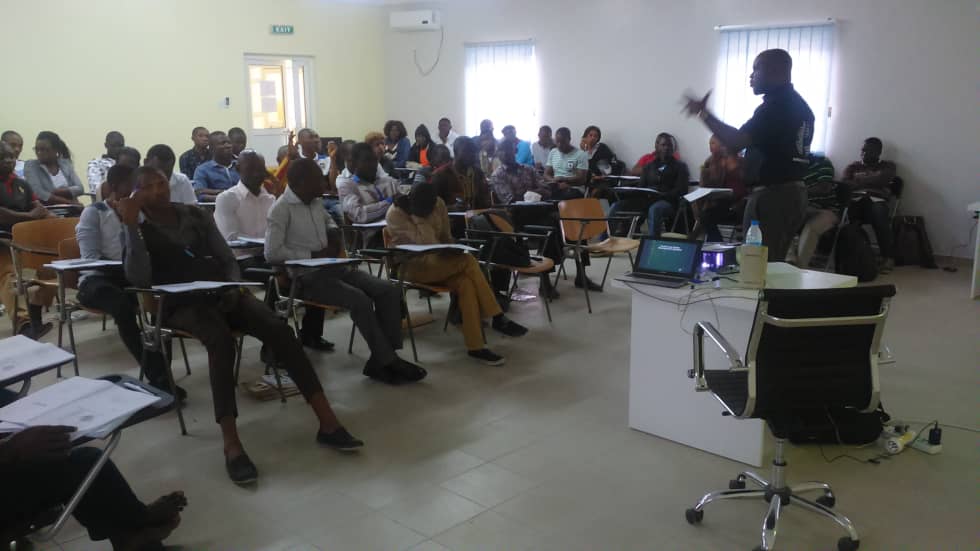In today’s fast-paced world, workplace stress is very common. Amidst the hustle and bustle, mindfulness has emerged as a powerful tool to enhance wellness and productivity in the workplace.
What is Mindfulness?
Mindfulness is the practice of being fully present in the moment, aware of where we are and what we’re doing, without being overly reactive or overwhelmed by the situation. It’s about observing our thoughts and feelings without judgment.
Benefits of Mindfulness and Workplace Wellness
Reducing Stress
Workplace stress can lead to burnout, decreased productivity, and even health issues. Mindfulness helps us manage stress by allowing us to observe our stressors without getting caught up in them. This can lead to a calmer mind, improved focus, and better decision-making.
Enhancing Emotional Intelligence
Mindfulness can enhance emotional intelligence, which is crucial for effective leadership. It helps us understand our emotions and those of others, fostering empathy and improving interpersonal relationships.
Improving Focus and Concentration
In a world full of distractions, maintaining focus can be challenging. Mindfulness trains our mind to stay focused on the task at hand, leading to improved productivity.
Boosting Creativity
By quieting the mind, mindfulness can boost creativity. It allows us to see things from a different perspective, fostering innovative ideas and solutions.
Implementing Mindfulness in the Workplace
Organizations can encourage mindfulness through workshops, training programs, and creating a culture that values mindfulness. Providing quiet spaces for meditation or encouraging short mindfulness breaks can also be beneficial.

How to Integrate Mindfulness into the Workplace
Mindfulness Training Programs
One of the most effective ways to integrate mindfulness into the workplace is through mindfulness training programs. These programs typically involve teaching employees various mindfulness techniques, such as meditation, deep breathing, and body scans. They also often include education about the science behind mindfulness and its benefits.
Mindful Meetings
Another way to integrate mindfulness into the workplace is by incorporating it into meetings. This could involve starting meetings with a short mindfulness exercise to help attendees clear their minds and be fully present. It could also involve encouraging mindful communication during meetings, such as active listening and thoughtful responses.
Mindful Spaces
Creating mindful spaces in the workplace can also be beneficial. This could involve setting up quiet, comfortable spaces where employees can go to practice mindfulness. These spaces should be free from distractions and have a calming atmosphere.
Mindfulness Apps
There are numerous mindfulness apps available that can be used to facilitate mindfulness in the workplace. These apps typically offer guided meditations, mindfulness exercises, and educational resources. Employers could consider offering subscriptions to these apps as part of their wellness programs.
Leadership Support
For mindfulness to be truly integrated into the workplace, it needs to be supported by leadership. This could involve leaders participating in mindfulness training programs themselves and modeling mindful behavior. It could also involve leaders promoting the benefits of mindfulness and encouraging employees to incorporate mindfulness into their workdays.
Mindfulness plays a significant role in enhancing workplace wellness and productivity. By reducing stress, improving emotional intelligence, focus, and creativity, mindfulness can transform our work experience and lead to a happier, healthier, and more productive workplace.








